- Select category
- All
- Womens Vintage Trousers
- Womens Vintage Accessories
- Womens Footwear
- Womens Vintage Tops & Blouses
- Women's Vintage Dresses
- Women's Vintage Skirts
- Vintage shorts Womens
- Evening Wear For Women
- Women's Vintage Play suits-Jumpsuits
- Women's Vintage Cropped Dungarees
- Womens Denim
- Vintage Women's jackets
- Vintage Womens Coats
- Vintage Womens knitwear
- Womens vintage clothing for Sale
Filter by Brand
Filter by Footwear Uk Size
Filter by Mens Size
Filter by Style
Filter by Womens Size
Filter by Brand
-
Sale!
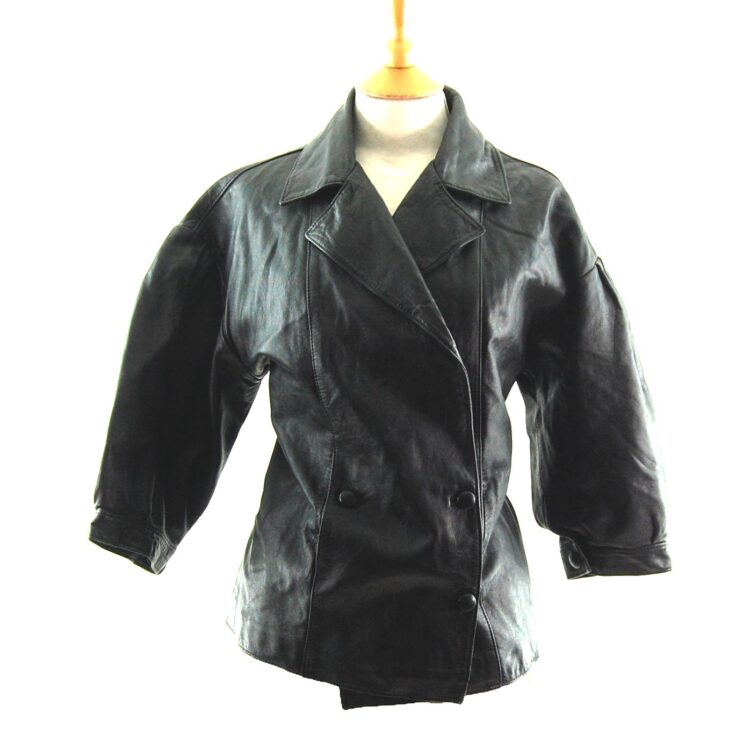
80s Cropped Sleeved Leather Jacket – 10
Original price was: £45.00.£32.00Current price is: £32.00. inc. Vat
-
Sale!
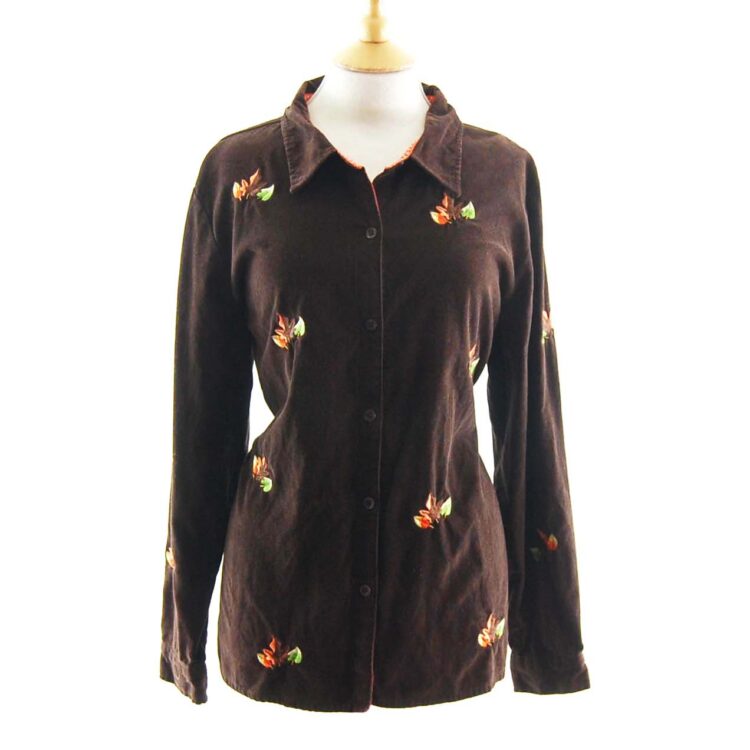
90s Corduroy Leaves Shirt- UK 18
Original price was: £18.00.£11.95Current price is: £11.95. inc. Vat
-
Sale!
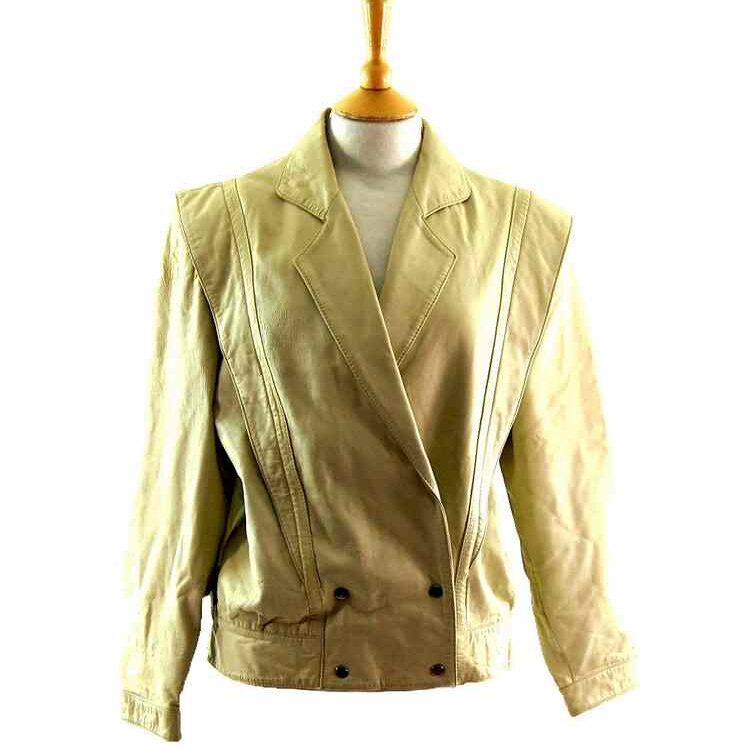
80s Double Breasted Leather Jacket -UK 14
Original price was: £45.00.£29.00Current price is: £29.00. inc. Vat
-
Sale!
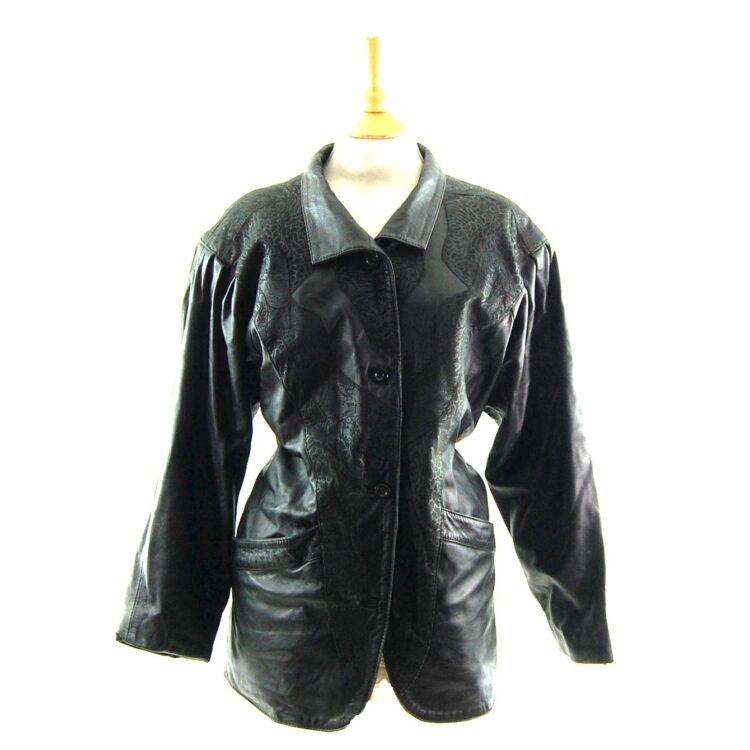
80s Leather Jacket with Floral Pattern – 14
Original price was: £45.00.£29.00Current price is: £29.00. inc. Vat
-
Sale!
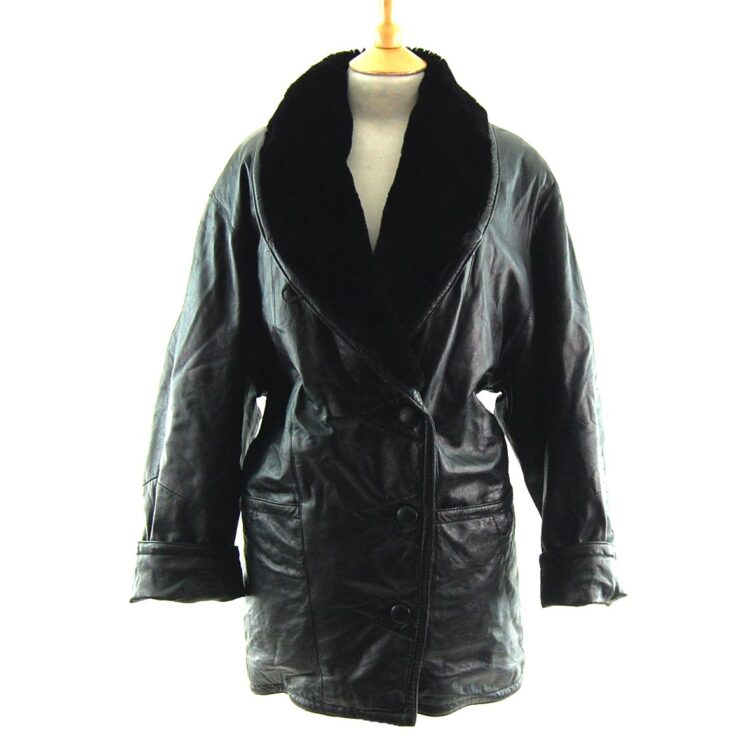
80s Leather and Faux Fur Jacket- UK 18
Original price was: £45.00.£29.00Current price is: £29.00. inc. Vat
-
Sale!
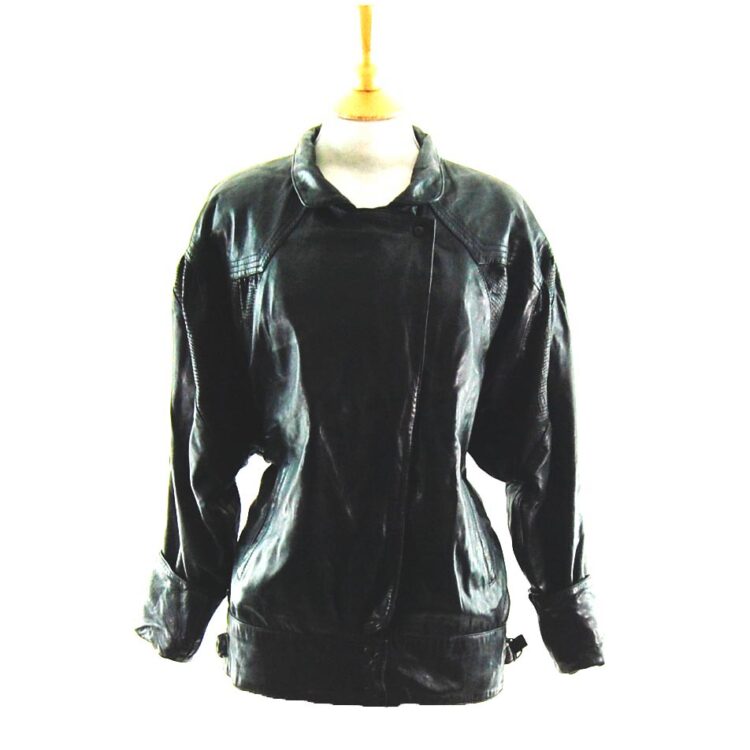
80s Leather and Faux Snakeskin Jacket -12
Original price was: £45.00.£32.00Current price is: £32.00. inc. Vat
-
Sale!
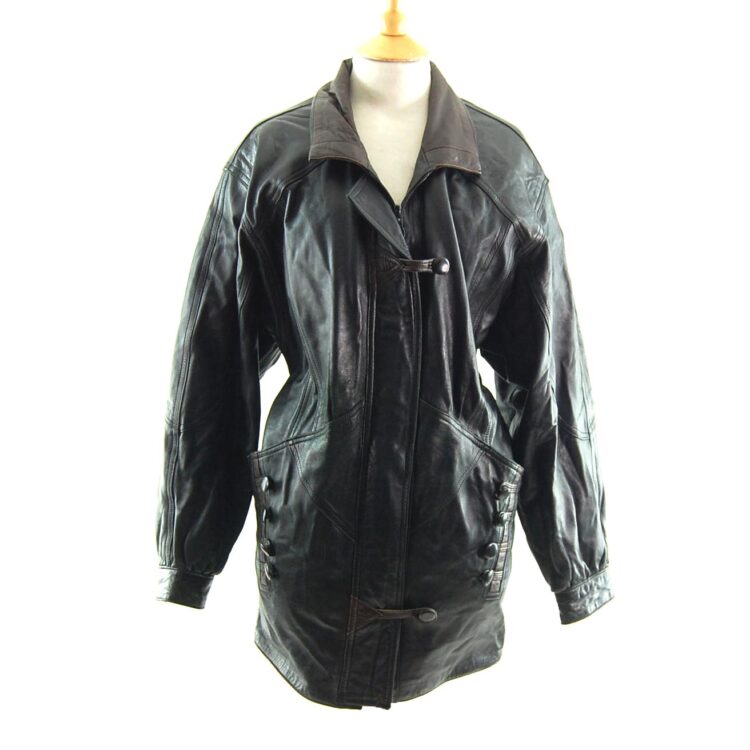
80s Leather Jacket with Buttons -UK 16
Original price was: £45.00.£29.00Current price is: £29.00. inc. Vat
-
Sale!
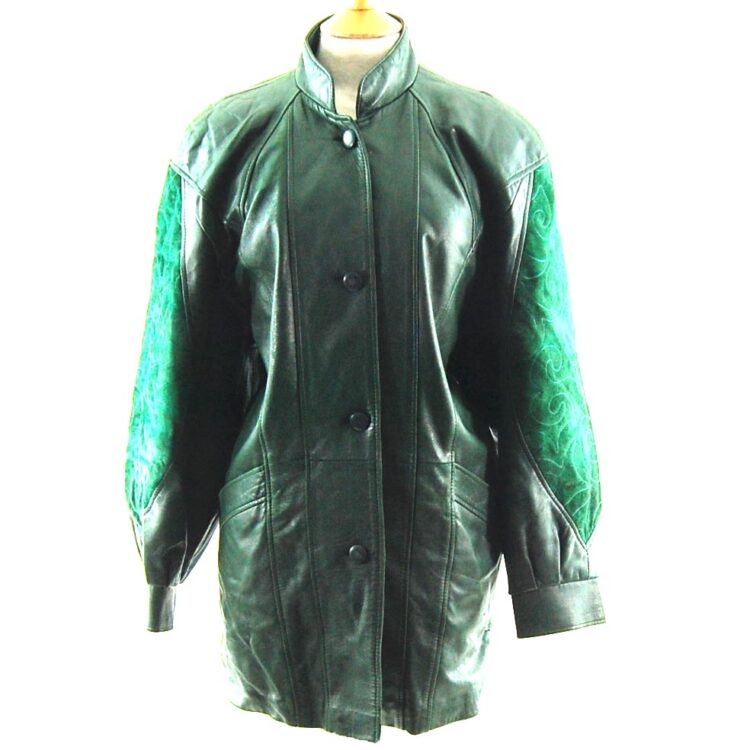
80s Green Suede and Leather Jacket – UK 16
Original price was: £45.00.£32.00Current price is: £32.00. inc. Vat
-
Sale!
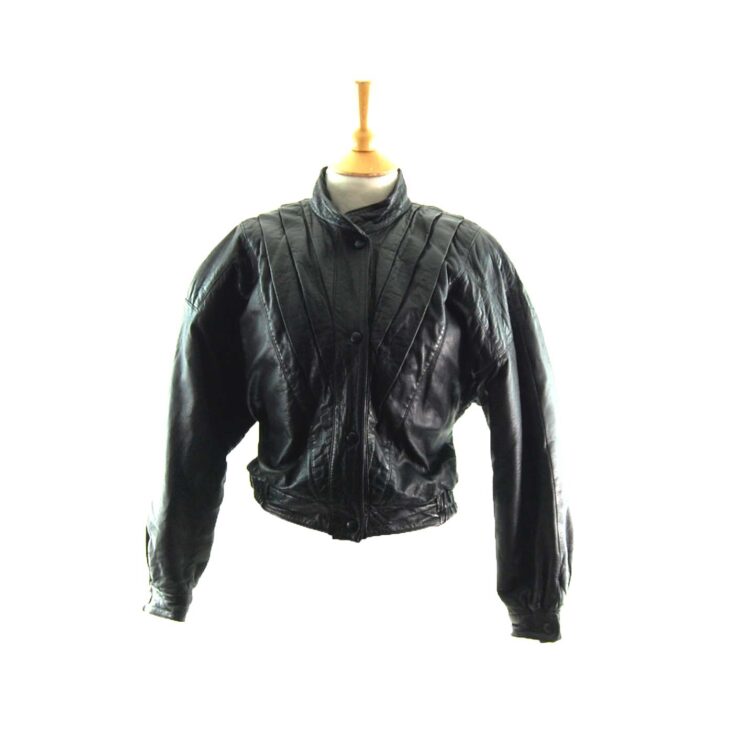
80s Cropped Black Leather Jacket – UK 8
Original price was: £45.00.£29.00Current price is: £29.00. inc. Vat
-
Sale!
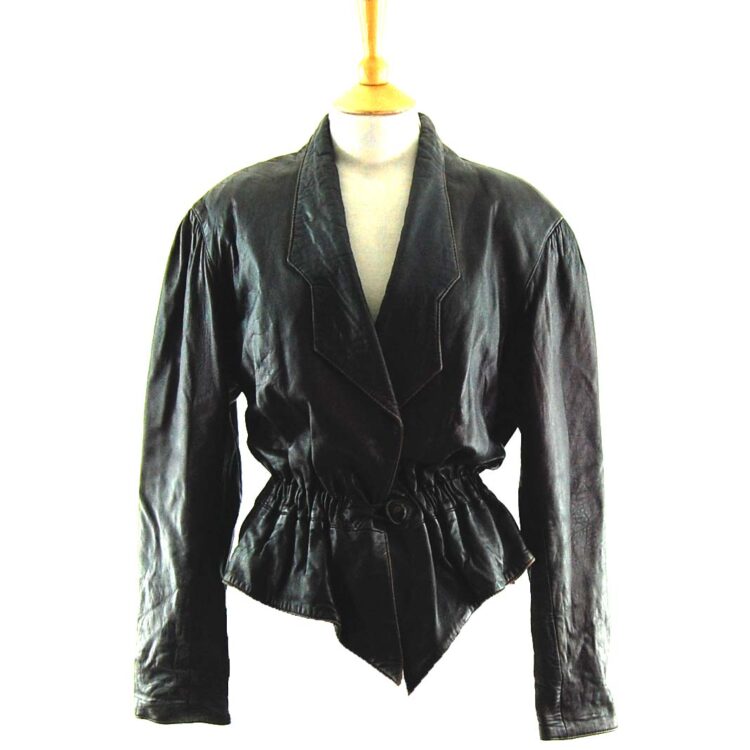
80s Cropped Elastic Waist Jacket -10
Original price was: £45.00.£32.00Current price is: £32.00. inc. Vat
-
Sale!
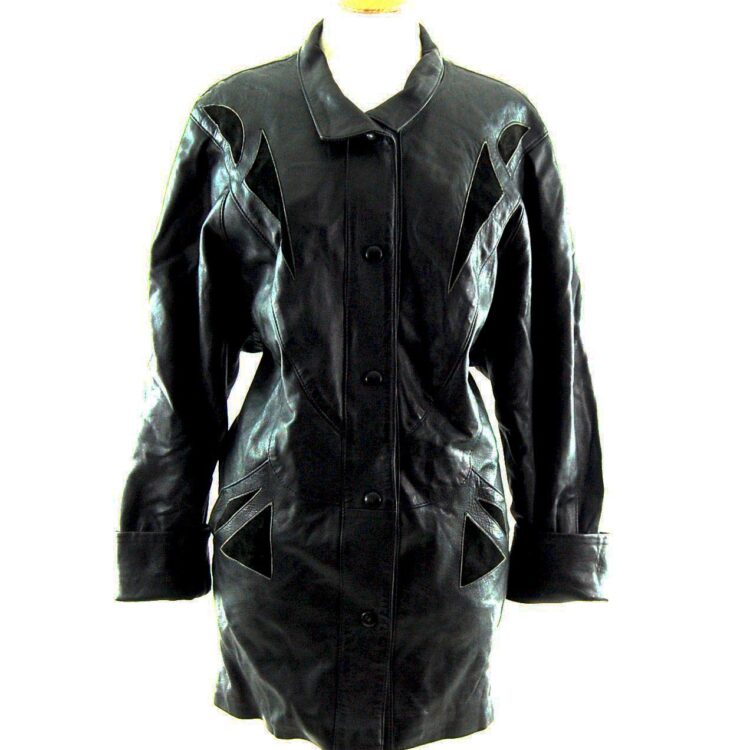
80s Black Leather Coat – 10
Original price was: £45.00.£29.00Current price is: £29.00. inc. Vat
-
Sale!
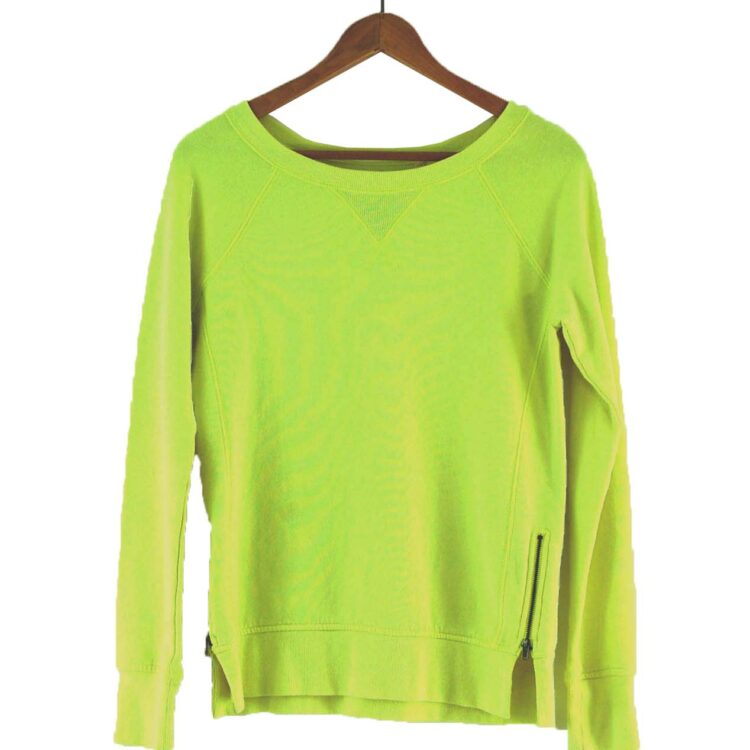
90s Yellow Crew Neck Sweatshirt – UK 10
Original price was: £24.00.£9.00Current price is: £9.00. inc. Vat
-
Sale!
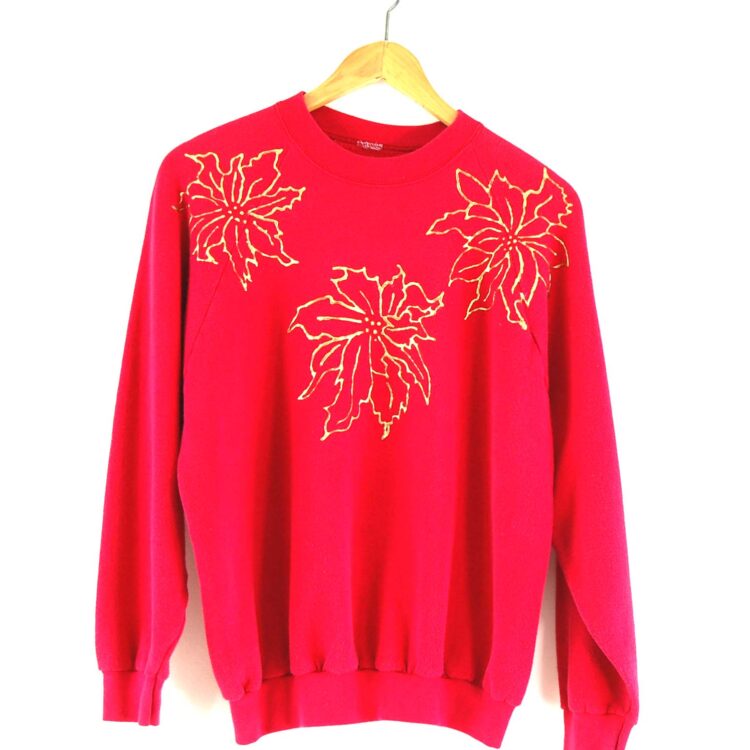
80s pink crew neck sweatshirt – UK 18
Original price was: £24.00.£9.00Current price is: £9.00. inc. Vat
-
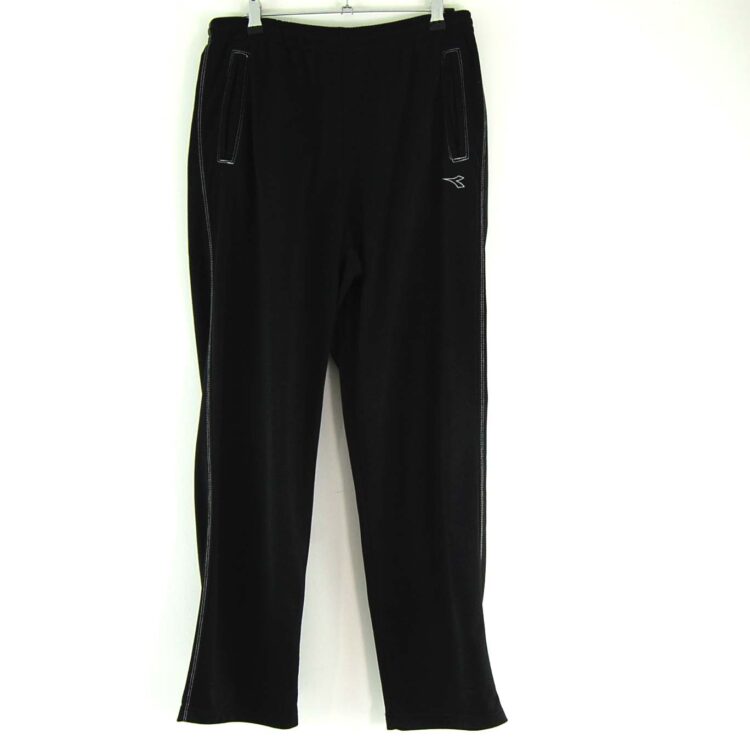
Diadora Tracksuit Bottoms – S
£24.00 inc. Vat
-
Sale!
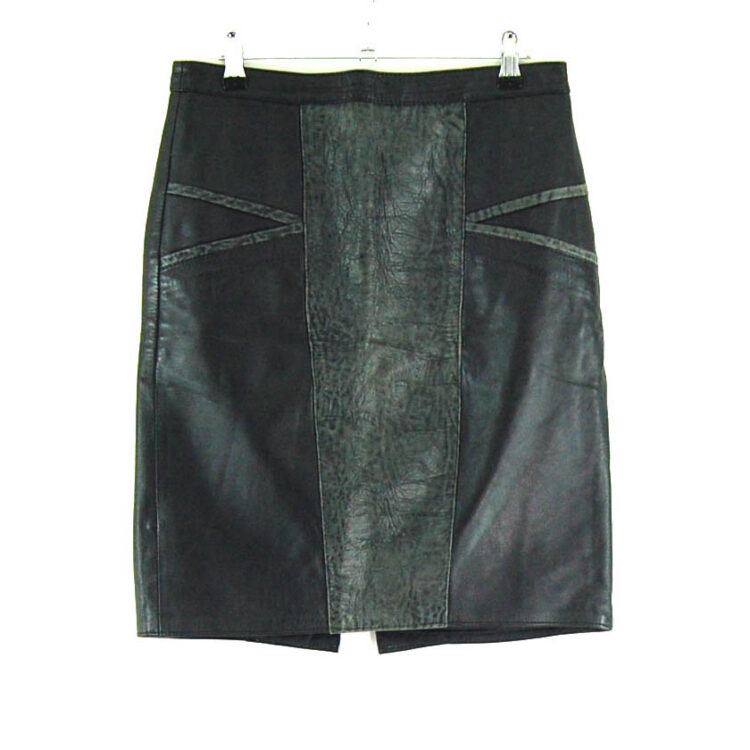
80s Patchwork Black Leather Skirt -10
Original price was: £32.00.£24.00Current price is: £24.00. inc. Vat
-
Sale!
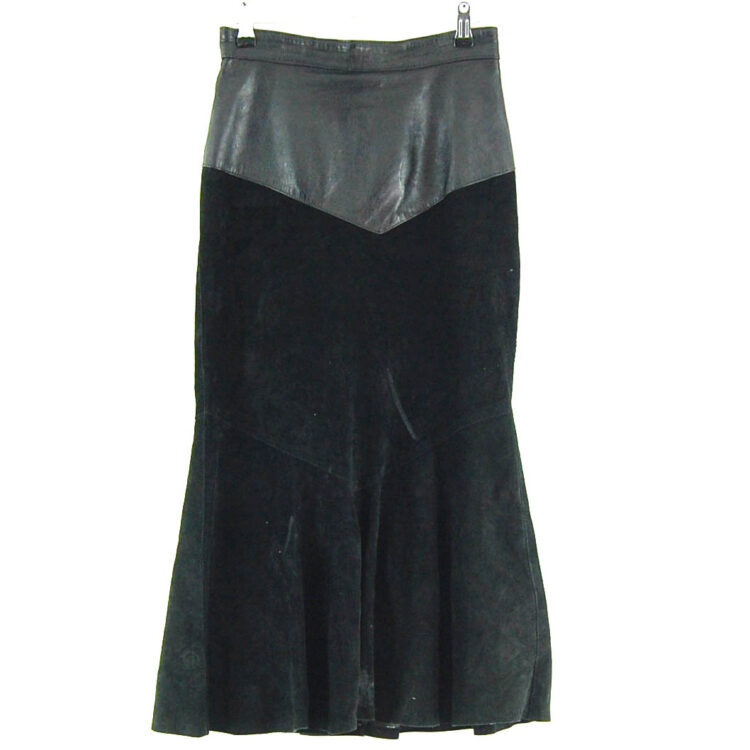
90s Leather and Suede Skirt – 8
Original price was: £28.00.£15.95Current price is: £15.95. inc. Vat
Showing 561–576 of 1629 resultsSorted by popularity


